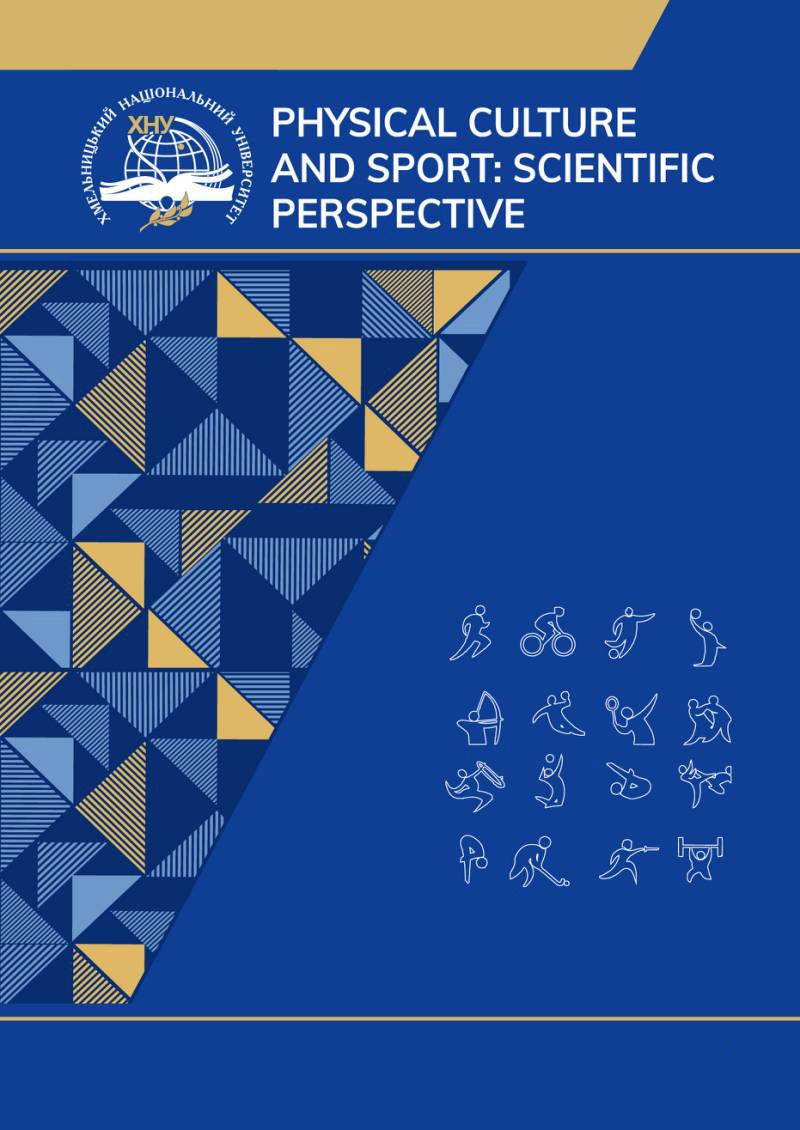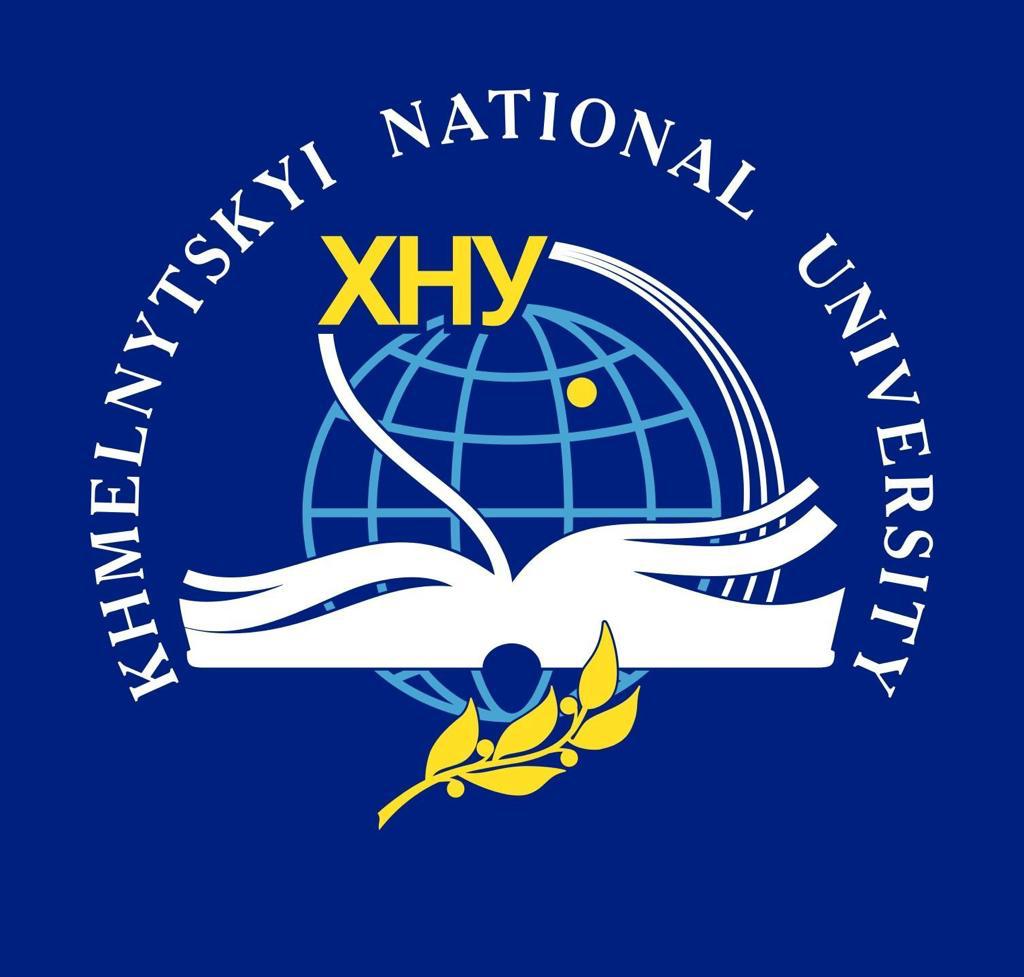SENSORY INTEGRATION THERAPY FOR CHILDREN WITH MOTOR DISORDERS
DOI:
https://doi.org/10.31891/pcs.2024.1.75Keywords:
dyspraxia, sensory integration, sensory integration therapy, adaptive response, stimulus sequences, autism spectrum disorders, cerebral palsyAbstract
The article discusses the effective use of sensory integration therapy for children with motor development disorders. It describes the clinical manifestations, etiology and pathogenesis of dyspraxia in children. Attention is paid to both children with gross motor impairment (autism spectrum disorders, cerebral palsy) and children with predominantly fine motor and speech disorders. The relevance of the work is due to the fact that if there is a need to ensure sensory integration in the process of rehabilitation work with preschool children with motor development disorders, including not only children with special needs, the problem has not been studied fully. The category of such children is characterised by the presence of a pronounced dyspraxia syndrome in the absence of such diagnoses as ASD, cerebral palsy and muscle diseases. Nevertheless, they also suffer from motor and often cognitive delays and impaired perception of reality. Without special qualified assistance, this category of children is unable to comprehend the adapted curriculum of preschool and school education. The object of the study is the possibilities of early intervention for timely diagnosis and assistance to children with motor development disorders. The subject of the study is the method of sensory integration therapy as a method of correctional therapy for children with motor development disorders in the preschool period. The hypothesis of the study is that timely implementation of sensory integration therapy provides a positive result in the correctional program for children with motor development disorders (dyspraxia syndrome). The mechanisms of influence of sensory integration on the improvement of the child's motor functions and the formation of the child's ability to purposefully control the body in later life, further developing mental and sensory skills, are also considered in detail. The article draws attention to the importance of an individual approach in the therapy of children's motor skills, taking into account the root cause of the disease, the need for in-depth modern diagnostics and the development of an integration plan with the development of compensation for tactile, vestibular and proprioceptive disorders. This article is aimed at the medical community and those interested in deepening their understanding of sensory integration methods, especially for the correction of motor skills in children.
References
Ayres A.Jean, PhD. Sensory integration and the child. Western Psychological Services, 2005. 211 pp.
Bandi A.C., Lane S.J. Sensory Integration: Theory and Practice. F.A. Davis, 2019. 656 pp.
Kisling U. Sensory integration in dialogue. Understand the child, recognize the problem, help find balance. 2010. 240 pp.
Savliuk S.P. Prostorova organizatsia tila ditei molodshogo shkilnogo viku z depryvacieiu sensornyh system u procesi fizychnogo vyhovannia : monograph. Rivne : Suziria, 2018. 557 pp.
Zaplatynska A.B. Vprovadzhennia sensorno intehratyvnoi terapii, yak poperedzhennia vynyknennia porushen rozvytku u ditei. / Obdarovani dity intelektualnyi potentsial derzhavy : mat. mizhn. nauk.prakt. konf., 16–20.09.2017, Kyiv. Kyiv : Instytut obdarovanoi dytyny, 2017. Pp.319–324.
Zaplatynska A.B. Sensorna intehratsiia ditei doshkilnoho viku z tserebralnym paralichem. Kyiv : Natsionalnyi pedahohichnyi universytet imeni M. P. Drahomanova, 2015. 27 pp.
Zaplatynska A.B. Tekhnolohii «sensornoi intehratsii» v systemi korektsiinoi psykholoho-pedahohichnoi roboty z osobamy iz porushenniamy psykhofizychnoho rozvytku. / Materialy nauk.-prakt. konf. z mizhnar. uchastiu «Sotsialna adaptatsiia doroslykh osib z porushenniamy rozvytku» 31.08–1.092016. Lviv : TzOV «Triada plius», 2016. Pp.65–71.
Stakhova L.L. Rozvytok profesiinoi kompetentnosti uchytelia-lohopeda zakladu doshkilnoi osvity yak umova efektyvnoi orhanizatsii korektsiino-rozvyvalnoho protsesu. / Aktualni pytannia korektsiinoi osvity. Pedahohichni nauky, 2017. Issue 10. Pp.341–351.
Skrypnyk T.V. Sensorna intehratsiia yak pidgruntia tsilisnoho rozvytku ditei z autyzmom. / Osoblyva dytyna: navchannia i vykhovannia. 2016. № 4 (80). Pp.24–31.
Skrypnyk T.V. Fenomenolohiia autyzmu: monograph. Kyiv : Feniks. 2010. Pp.12–86.
Falasenidi T.M., Kozak M.Ia. Porushennia sensornoi intehratsii u ditei z osoblyvymy potrebamy. / Molodyi vchenyi. 2017. № 9. Pp.102–105.
Kashuba V. Struktura ta zmist tekhnolohii profilaktyky y korektsii porushen prostorovoi orhanizatsii tila ditei 6-10 rokiv iz depryvatsiieiu sensornykh system. / Journal of Education, Health and Sport formerly Journal of Health Sciences. Kazimierz Wielki University in Bydgoszcz. Poland, 2017. Vol. 7. N 8. Pp.1387–1407.
Plaksunova E.V. Porushennia motornoho rozvytku. URL: https://seleznev.com.ua/porushennya-motornogo-rozvitku/
Boiko S.P. Korektsiina pedahohika. / Innovatsiina pedahohika. 2022. Issue 52. Vol. 1. Pp.15–17.
Dubovyk K.V, Martsenkovskyi I.A. Porushennia rukhovykh funktsii pry rozladakh autystychnoho spektra u ditei. / DU «Naukovo-doslidnyi instytut psykhiatrii MOZ Ukrainy», Kyiv, 3(104) 2019. Pp.22–28.





